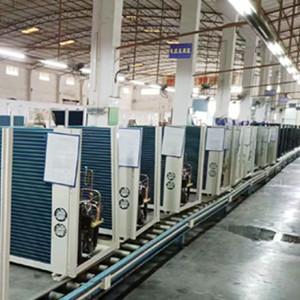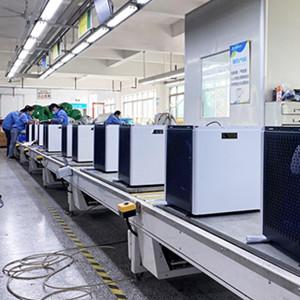Adsorption Heat Pump Cycle
What is an adsorption heat pump?Adsorbing heat pumps can be considered to use chemicals rather than mechanical compressors, and they are driven by heat rather than mechanical exercises.
Basic adsorption cycle
Adsorbing heat pumps and refrigerators are based on porous solids (adsorbents) to adsorb steam (adsorbent or refrigerant) at low temperature and resolve the absorption during heating. The most basic configuration of adsorption refrigerator or heat pump is shown in the following animation.
This basic system consists of two connected containers, one of which is equipped with a solid adsorption agent, called the generator, and the other is a combined evaporator and a condenser or a receiver. The refrigerant evaporates and condenses in it. Initially, the system was in a low temperature and low -pressure state, and the adsorbent contained high -concentration refrigerants, while the receiver only contained refrigerant gas.

Then heating the generator causes the refrigerant to relieve suction, thereby improving system pressure. If the system is used as a heat pump, the refrigerant is condensed in the receiver, excreted heat and generates useful heat output.
Cold the generator back to its initial temperature to complete the cycle and re -absorb the refrigerant. The system pressure is reduced, and the liquid refrigerant in the receiver evaporates and absorbs heat. If the system is used as a refrigerator, this will produce a useful cooling effect.
Although heating and cooling provided by a single generator are discontinuous, it can run two or more generators through different phases to make it continuous.
Advantage
Adsorbing heat pumps use natural refrigerants that are harmless to the environment, such as water, ammonia or methanol. They can also better use their energy sources and drive by waste heat or solar energy.
Challenge
Basic adsorption cycle efficiency is low, and the method of recycling calories between adsorption beds can be used to use the inherent low thermal vitality of adsorbing materials to cause low power density and high capital costs.





